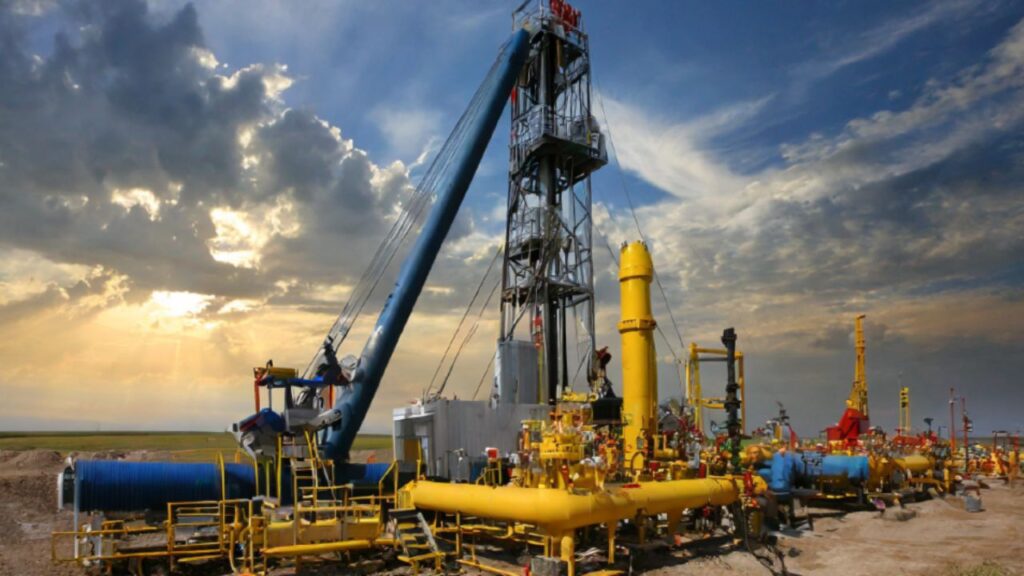Navigating Challenges in High-Pressure, High-Temperature Well Environments
Introduction
The oil and gas industry continuously pushes boundaries to meet global energy demands. High-pressure, high-temperature (HPHT) wells, though comprising a small fraction of global operations, are a cornerstone of modern exploration and production. These wells, characterized by pressures exceeding 15,000 psi and temperatures over 350°F (177°C), are found in ultradeep reservoirs and unconventional formations. Navigating such challenging environments demands cutting-edge technologies, innovative materials, and highly skilled teams.
This comprehensive guide explores the key challenges, solutions, and emerging trends in HPHT well environments, showcasing how the industry is overcoming obstacles to tap into these rich hydrocarbon reservoirs.
Contents
- Overview of HPHT Wells
- Key Challenges in HPHT Operations
- Wellbore Stability
- Corrosive Conditions
- Fluid Dynamics
- Material Innovations for HPHT Environments
- Advanced Equipment and Techniques
- Safety Protocols and Emergency Preparedness
- Case Studies: Lessons from the Field
- Conclusion
1. Overview of HPHT Wells
HPHT wells operate under extreme conditions that amplify operational risks but also offer significant rewards. These wells are typically drilled in ultradeep water, geothermal reservoirs, or carbonate formations, where traditional drilling techniques are insufficient.
Defining Characteristics:
| Parameter | Threshold |
| Pressure | >15,000 psi |
| Temperature | >350°F (177°C) |
The unique geological conditions often present in HPHT reservoirs require operators to utilize advanced modeling, robust equipment, and tailored completion techniques to safely and efficiently extract hydrocarbons.
2. Key Challenges in HPHT Operations
Wellbore Stability
Maintaining structural integrity in HPHT wells is a persistent challenge. Extreme pressure differentials can lead to wellbore collapse, while elevated temperatures can degrade the mechanical properties of drilling fluids and cement.
Solutions:
- Advanced Cementing Techniques: Use of temperature-resistant additives to ensure bonding.
- Real-Time Monitoring: Tools like CoViz 4D provide live updates on wellbore conditions, enabling prompt corrective actions.
Corrosive Conditions
HPHT environments often contain CO₂ and H₂S, which corrode equipment and compromise safety. Corrosion-resistant alloys (CRAs) like Inconel and Hastelloy are increasingly used in downhole tools and casings.
Fluid Dynamics
Drilling fluids in HPHT wells must maintain rheological stability under extreme conditions. Synthetic-based muds (SBMs) are often preferred for their thermal resilience and ability to prevent loss circulation.
3. Material Innovations for HPHT Environments
The harsh conditions of HPHT wells necessitate materials with exceptional properties. Innovations in metallurgy and elastomer technology have significantly improved the durability and performance of well completion components.
| Material | Application | Advantages |
| Corrosion-Resistant Alloys | Casings, Tubulars | High strength, resistance to H₂S/CO₂ |
| High-Temperature Elastomers | Packers, Seals | Retain elasticity under extreme heat |
New developments in composite materials are also enabling lighter yet stronger equipment designs, reducing operational costs while enhancing performance.
4. Advanced Equipment and Techniques
Enhanced Wellhead and BOP Systems
Wellhead systems and blowout preventers (BOPs) are vital for safety and operational success in HPHT wells. Recent advancements include modular BOP designs that offer enhanced sealing capabilities and greater operational flexibility.
Directional Drilling Innovations
Navigating complex subsurface formations is a key challenge in HPHT wells. Innovations like rotary steerable systems (RSS) and real-time downhole telemetry have improved the accuracy of horizontal and multilateral well paths.
Case Example:
A Gulf of Mexico HPHT project utilized RSS technology, achieving a 30% increase in lateral reach while maintaining wellbore stability.
5. Safety Protocols and Emergency Preparedness
Safety remains paramount in HPHT operations due to the significant risks posed by extreme conditions.
Proactive Monitoring
AI-powered systems monitor critical parameters like pressure and temperature, providing early warnings of potential issues.
Training and Simulation
Comprehensive training programs prepare personnel to handle HPHT-specific challenges, including blowout prevention and emergency evacuations.
6. Case Studies: Lessons from the Field
Case Study 1: Middle East Carbonate Reservoir
An HPHT well drilled in a carbonate formation faced challenges with corrosion and cement integrity. The operator used advanced CRAs and nano-engineered cement additives to enhance durability, resulting in a 25% reduction in downtime.
Case Study 2: Gulf of Mexico Ultradeep Well
A project in the Gulf of Mexico employed synthetic-based muds to maintain wellbore stability at depths exceeding 30,000 feet. Real-time data analytics ensured precise pressure management, improving drilling efficiency by 15%.
7. Conclusion
High-pressure, high-temperature wells are the frontier of modern oil and gas exploration. By addressing challenges such as wellbore stability, corrosive environments, and fluid dynamics through technological innovation and meticulous planning, the industry is unlocking vast energy reserves that were once considered unreachable.
As operators embrace advancements in materials, equipment, and safety protocols, HPHT wells will continue to play a pivotal role in meeting global energy demands. The lessons learned and technologies developed in these challenging environments are not only advancing the industry but also setting new benchmarks for operational excellence.







